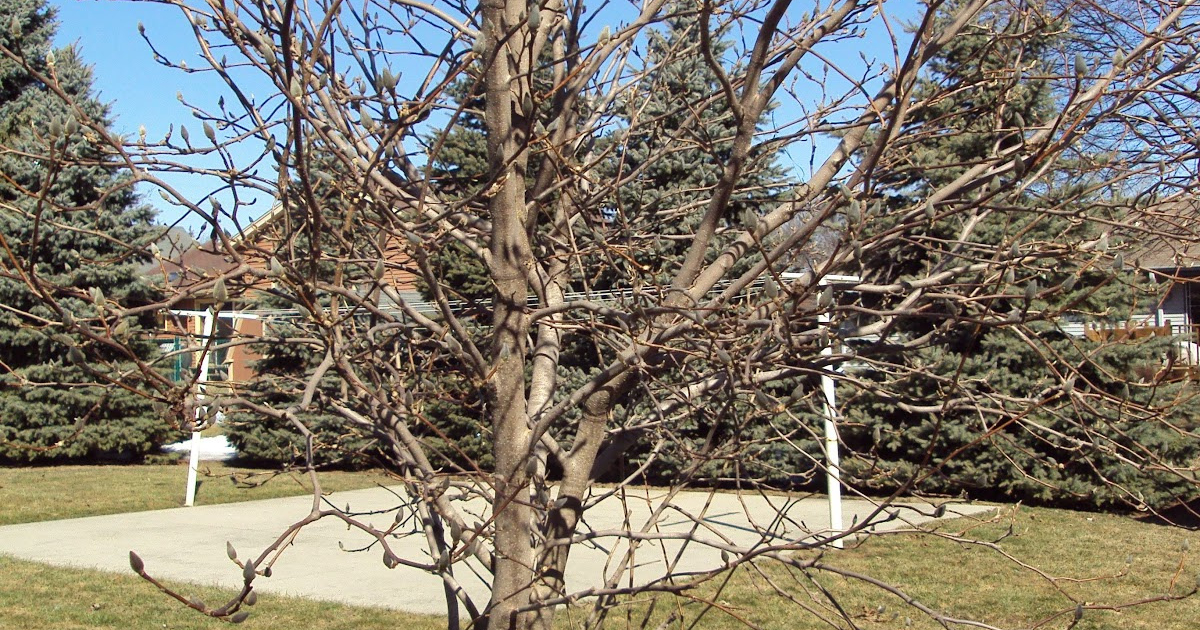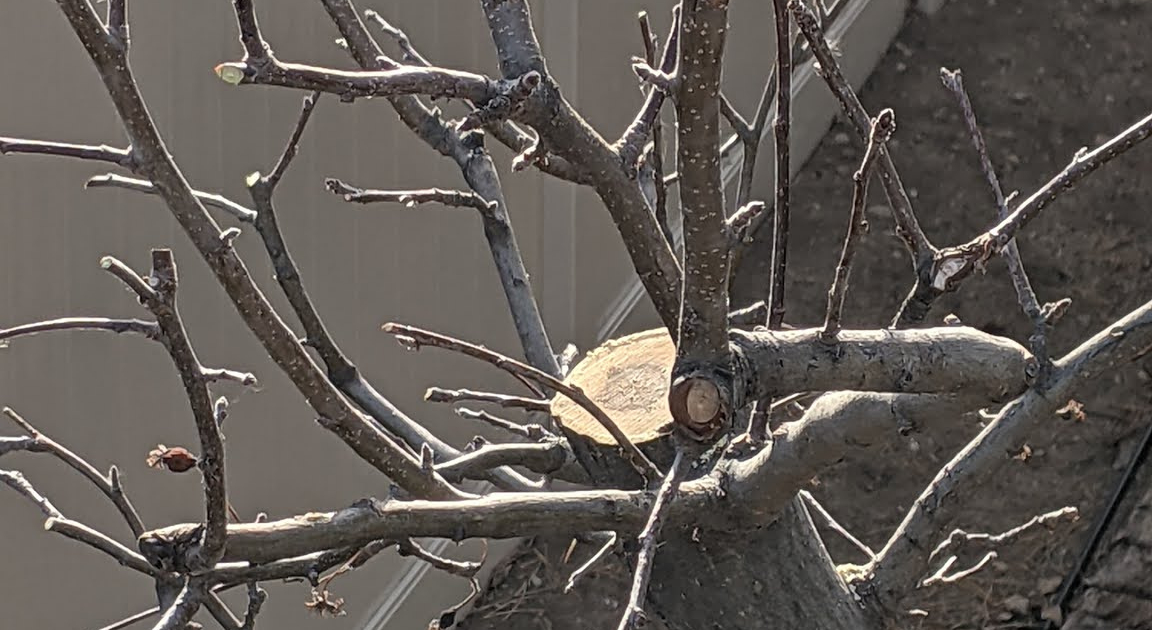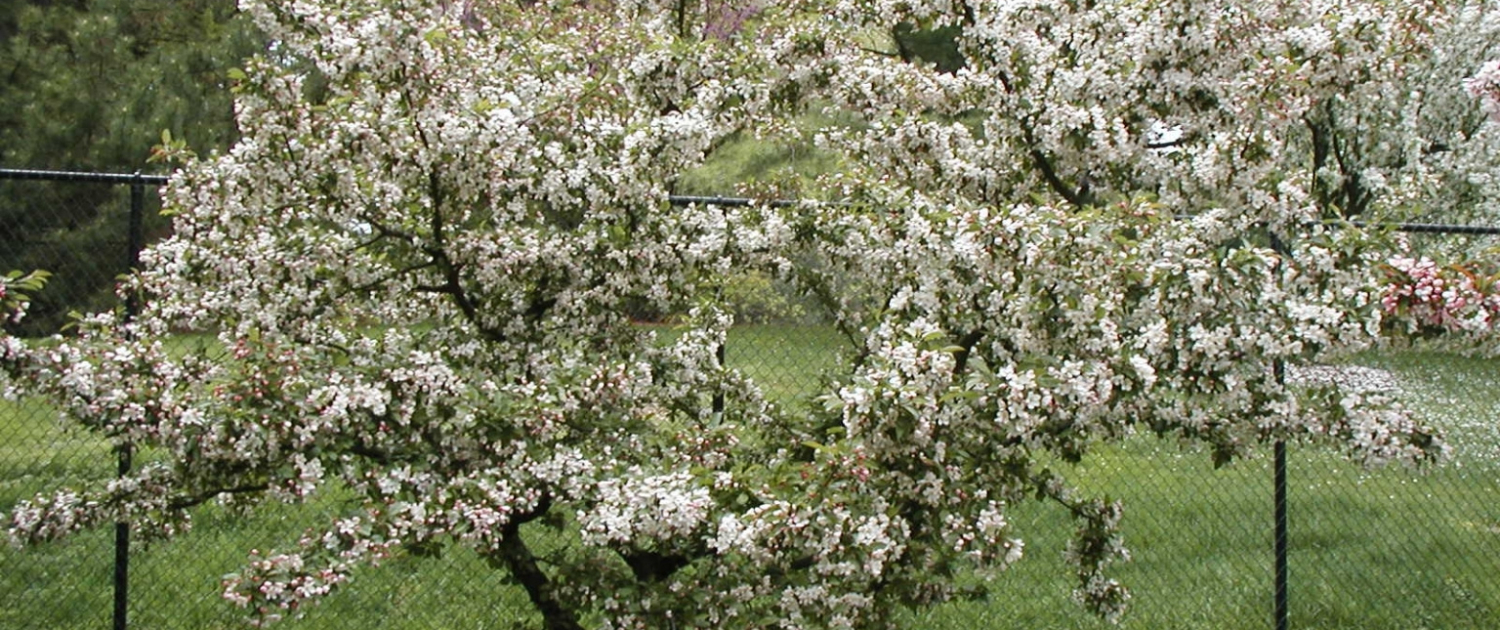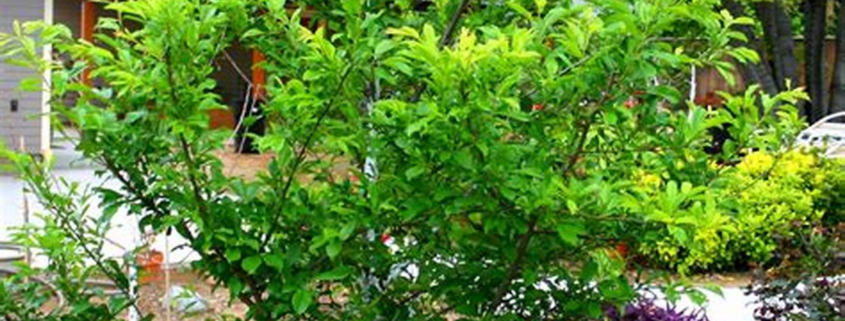When is the Best Time to Prune Trees that Don’t Bear Fruit?
Non-fruit bearing trees, ranging from majestic oaks to ornamental maples, play a crucial role in the landscapes of the Lower Mainland, Vancouver Island, and the Okanagan in British Columbia. Proper pruning is essential for their health, aesthetics, and safety. However, the optimal timing for this task varies across these regions due to their distinct climatic conditions.

Navigating a Mild Climate in the Lower Mainland, B.C
Navigating a Mild Climate in the Lower Mainland, B.C
The Lower Mainland’s mild, wet climate creates a unique environment for tree care. The best time for pruning non-fruit bearing trees in this region is during the dormant season, from late fall to early spring. Pruning during dormancy helps prevent disease spread and allows trees to heal before the growth spurt in spring. Avoid heavy pruning in late spring and early summer when trees are most vulnerable.

Moderate Maritime Influence on Vancouver Island, B.C
Moderate Maritime Influence on Vancouver Island, B.C
Vancouver Island’s moderate maritime climate offers a wider pruning window. Like the Lower Mainland, the dormant season from late fall to early spring is ideal. However, the generally milder winters allow more flexibility, reducing the risk of frost damage after pruning. It’s advisable to avoid pruning during the wettest months to prevent disease and during the peak growth periods in late spring and early summer.

Adapting to Dry and Cold Conditions in the Okanagan, B.C
Adapting to Dry and Cold Conditions in the Okanagan, B.C
The Okanagan region, with its colder winters and drier summers, requires a slightly different approach. Pruning is best done in late winter or early spring, just before the growing season begins. This timing helps protect the trees from extreme cold and frost damage post-pruning. Summer pruning should be minimal to avoid stressing the trees in the dry season.
Regardless of the region, some general principles apply when pruning non-fruit bearing trees. Always remove dead, diseased, or damaged branches to maintain tree health and safety. Pruning should also be aimed at maintaining the natural form of the tree, avoiding over-pruning which can stress and damage the tree.




Leave a Reply
Want to join the discussion?Feel free to contribute!